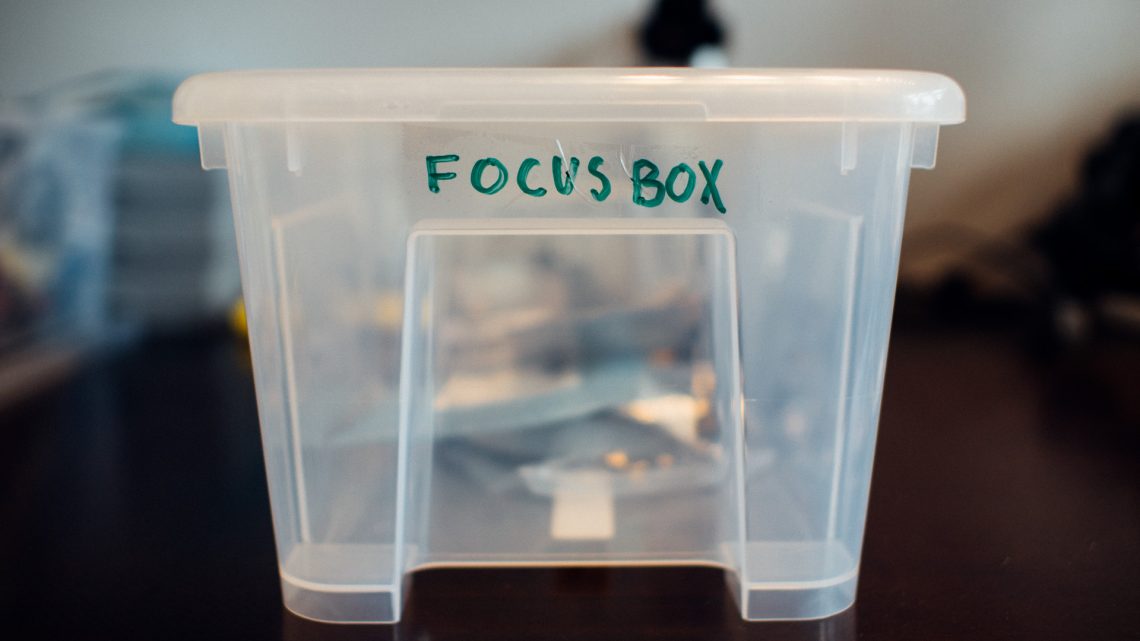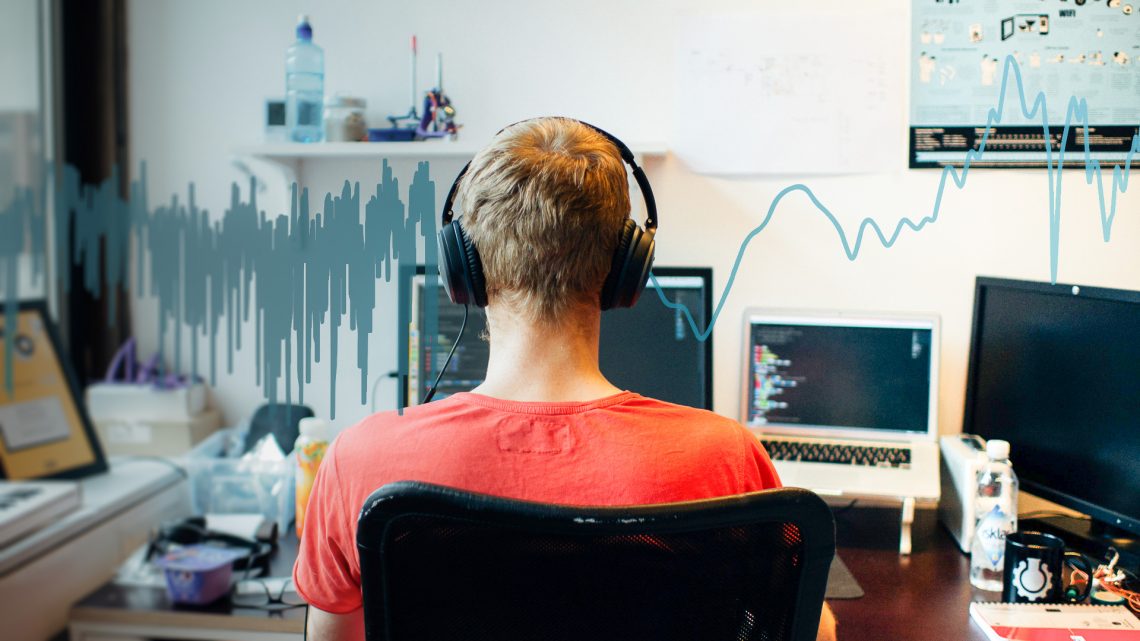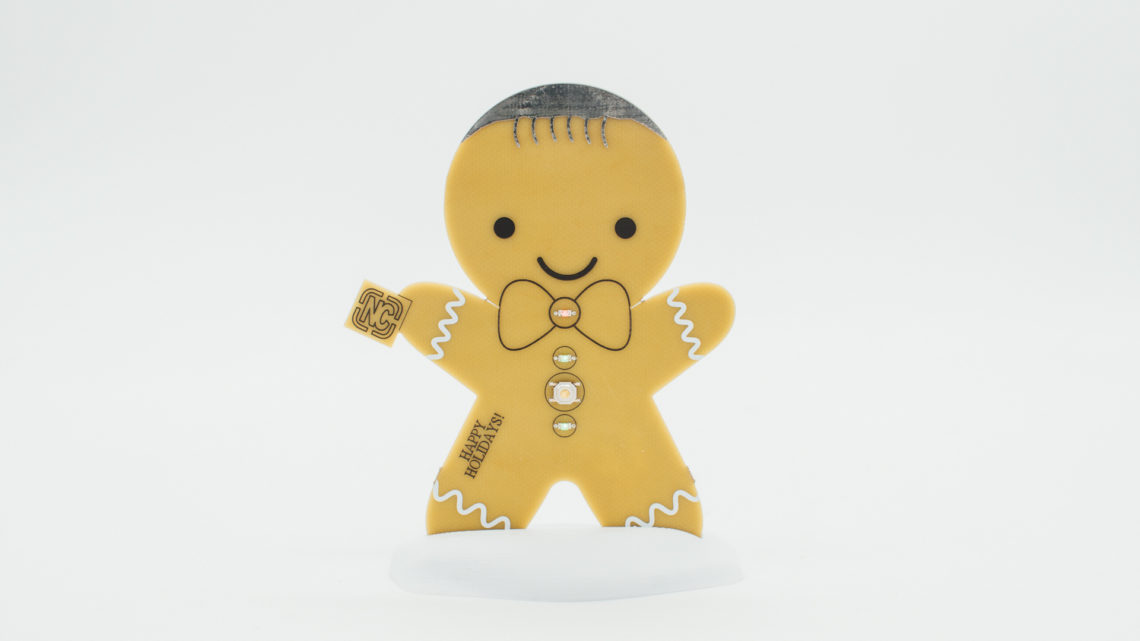After looking into the music history of one of our makers we found an interesting fact:
He often listens to ambient noise to achieve greater productivity and to easier get into the “zone”
Why?
We wondered if it was just he who experienced this, but after some googling, we discovered that this was quite normal: The use of additional “noisy” ambient sound to mask background noise to enhance personal productivity.
The most obvious is Sound masking.
Wikipedia explains that as:
“Imagine a dark room where someone is turning a flashlight on and off. The light is very obvious and distracting. Now imagine that the room lights are turned on. The flashlight is still being turned on and off, but is no longer noticeable because it has been “masked”. Sound masking is a similar process of covering a distracting sound with a more soothing or less intrusive sound.”
The addition of noise can cover over your ear’s audible spectrum with generic sound to mask or lessen the distraction of other sounds.
We often believe that we need more “quiet” surroundings, but what we really need is the freedom from acoustical distractions.
But why is this “boring” ambient noise better than regular music?
The subjects subconscious uses some resources to focus on the sound. And if the sound has something to decipher/consider/think about is distracts more.
A nice thing is complete silence. By having that you can use all of your mental resources to focus on the challenge at hand. But when a totally quiet scene is not an option, you can use Sound Masking to create a better personal zone.
What?
There exist several ways to get your dose of ambient noise. All the way from free mobile applications, Spotify-playlists to web pages such as noisli.com.
They are all viable options, but we want a simple desktop device without the need for internet/a computer/mobile phone. Since it’s only going to sit on our desk it’s not necessary to make it small and “pocket friendly”. It’s also not necessary to make it battery powered.
To summarise this box requirements:
- White noise generator
- Adjustable low pass filter on the noise
- Single tone with adjustable frequency
- Adjustable volume on the noise and the tone
- 3.5 mm audio output
TL;DR: A simple stand-alone noise generator with adjustable filters and a simple tone is going to be created!
How?
This is a perfect job for a simple “all-analog sound path” creation. But since this is a prototype and since neither audio quality nor component cost is of the highest concern, a simple digital solution does the job. It is fast to assemble, program and test
And in the “digital domain sound path” we have several viable options, but the fastest for us now (since we have some lying on this desk) is by using a Teensy 3.2 and the Teensy Audio Adaptor. This will produce 16 bit, 44.1 kHz audio, but that is (CD quality) probably beyond what is needed in this application.

The next post in this series will contain the actual build. So stay tuned





